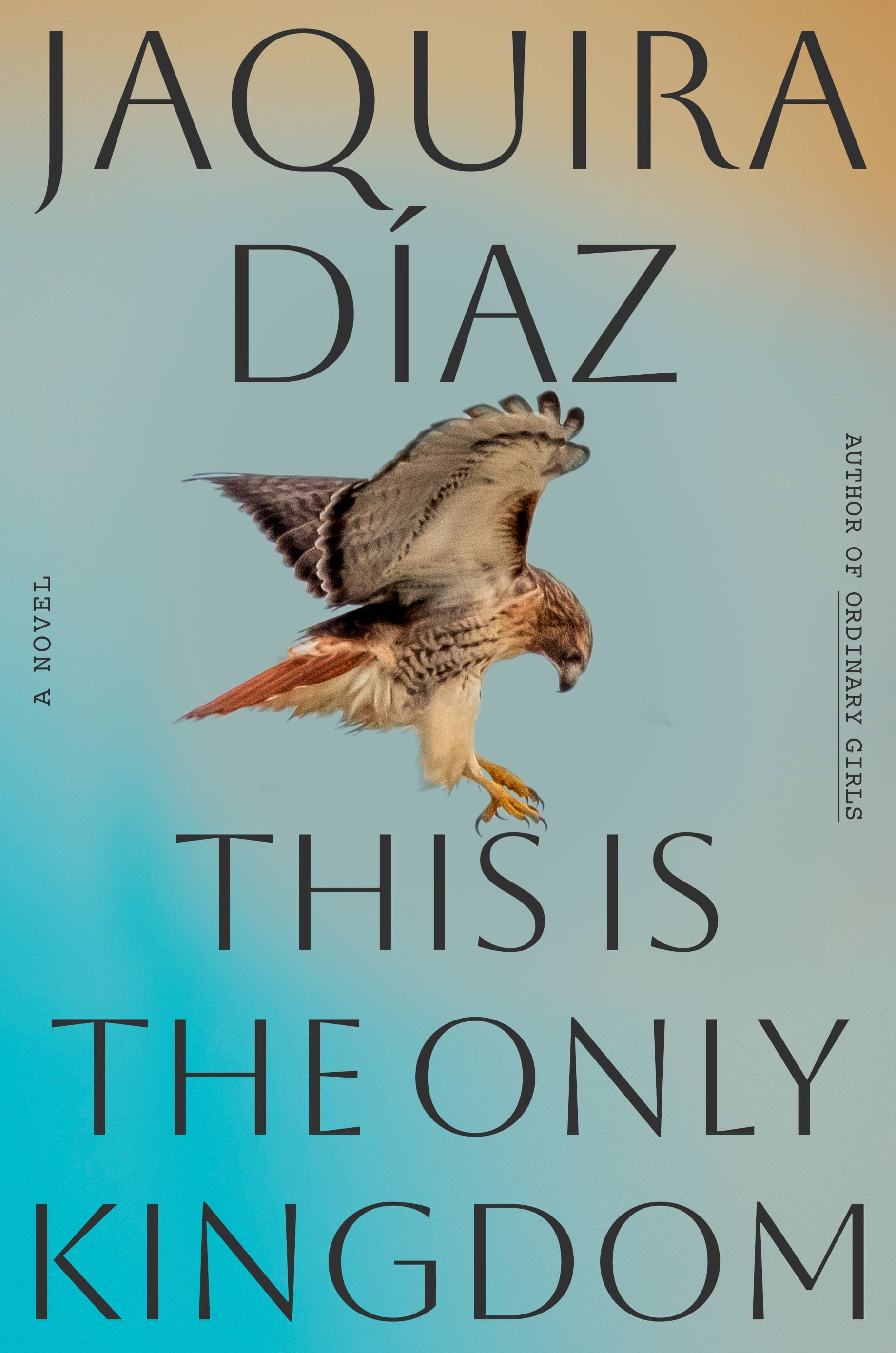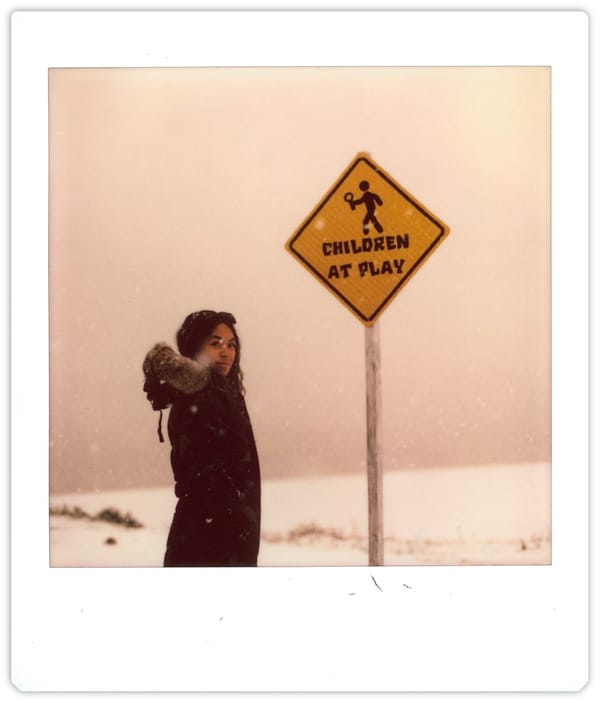Jacquira Díaz’s ‘This is the Only Kingdom’ is a love story after the fairy tale ends
Díaz debuts with a tender exploration of what comes after “happily ever after.”

It started like the epic romance stories do: Mariacarmen meets the love of her life, Rey, in their working-class barrio in Puerto Rico, and they make a family together against the odds and without her parents’ blessing. But after a surprise pregnancy and death in the family, Rey grew absent.
Jaquira Díaz’s ambitious debut novel, “This is the Only Kingdom,” follows Mariacarmen and her daughter through tragedy and, 15 years later, a murder investigation. Set between 1975-1996 Puerto Rico, the book is a testament to love, friendship and what we do when those we depend on most let us down.
To his community, Rey was a Robin Hood-like figure, righting injustices through stealing from those who had to give to those who didn’t. He was a go-to if you were late on rent or needed something for your baby. But Mariacarmen had been promised a family, and while Rey was out taking care of other people’s families, he had a younger brother (Tito) and a baby (Nena) of his own at home, leaving Mariacarmen to take care of them alone.
That’s the thing about being with a larger-than-life public figure; you always have to share them. There’s an entitlement people feel to access those who are lifted up within a community, whether they be pop stars, politicians, or benevolent outlaws. Díaz perfectly captures this dynamic without falling into well-worn tropes and manages to paint each character in their own complicated light. Mariacarmen isn’t just a victim of a bait and switch; Rey isn't all bad. Life just isn’t always as simple as we’d like it to be. It’s not just about individual choices; it’s also systemic, and Díaz shows both sides.
“Once, el Caserío Padre Rivera had been a place of fairy tales, promises of new beginnings and urban renewal,” she wrote. “But it wasn’t long before they all understood that everybody else didn’t live with the American factories dumping waste into their drinking water. They’d come to understand that nothing was random, everything was connected, everything was deliberate.”
This novel is really three stories: Mariacarmen loving Rey, losing her family in the process, Tito loving himself, losing the acceptance of his community in the process and Nena navigating the fallout of these choices while in the process of grappling with her own sexuality. What kind of love is worth fighting for? And what kind is worth waiting for? The characters might be still figuring it out, but Díaz seems to know implicitly, and every detail or plot point she includes feels connected and deliberate.

The characters make choices – some good, some bad, but they do so in the context of an extremely homophobic society with colonial power and structural racism to contend with.
In each of the three story lines, a character proposes running away with their respective lovers, none of them do it. These characters aren’t Disney protagonists staying one jump ahead of the lawmen. They have bills to pay, families to take care of and emotional needs to meet.
Mariacarmen’s love story, however flawed, is a once-in-a-lifetime kind of love. It’s what most fairy tales portray, but Díaz complicates the narrative by showing the trajectory of the relationship beyond what most stories would call a happily ever after. In later chapters through Nena, readers get to go on a journey from first love through betrayal, cynicism, and reopening to the possibility that the intersection of our lives with others’ might be a gift no matter the duration.
“This is the Only Kingdom” is a love letter to loving again after you’ve been hurt and disappointed before. It’s the kind of story that will stay with readers for years to come.





